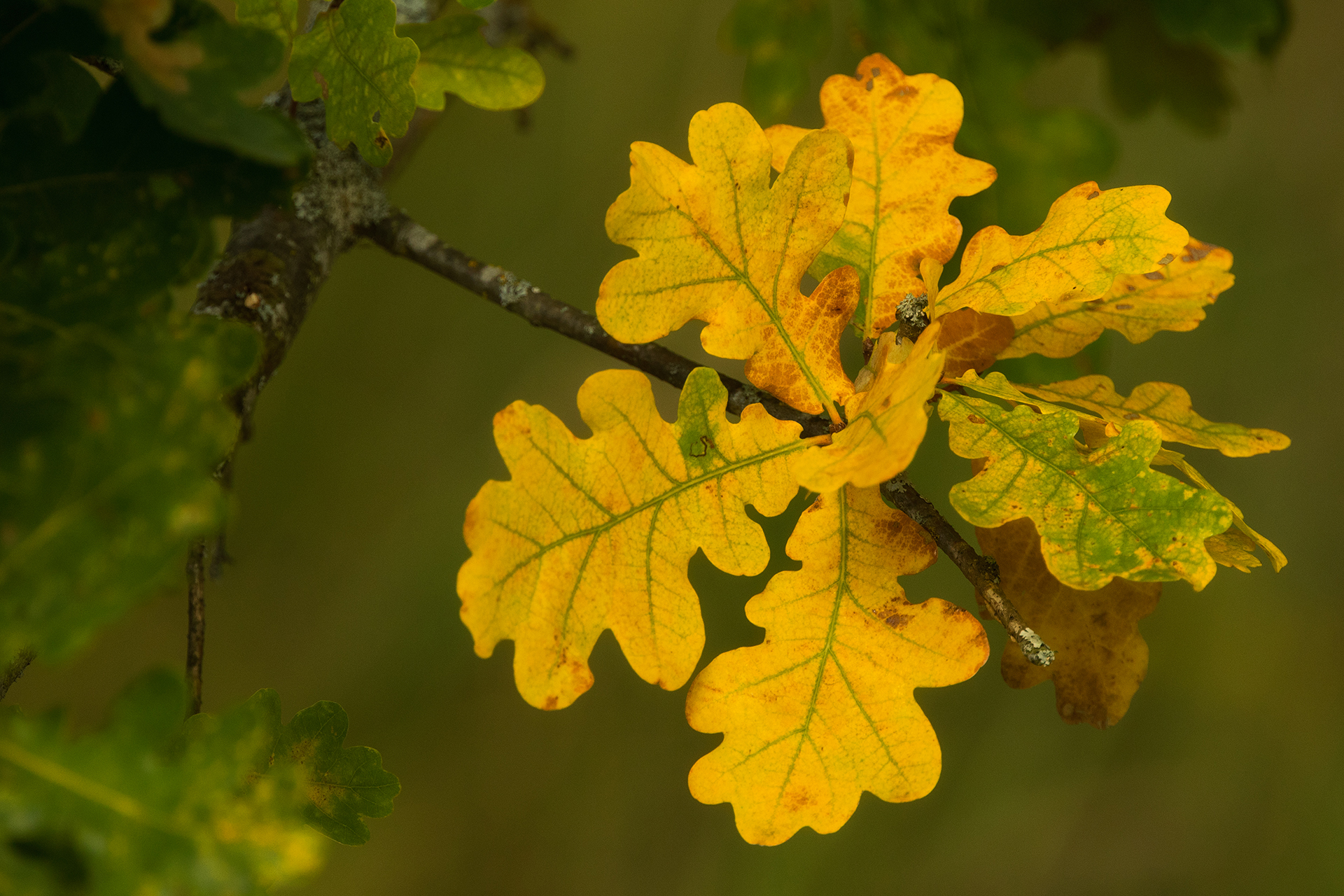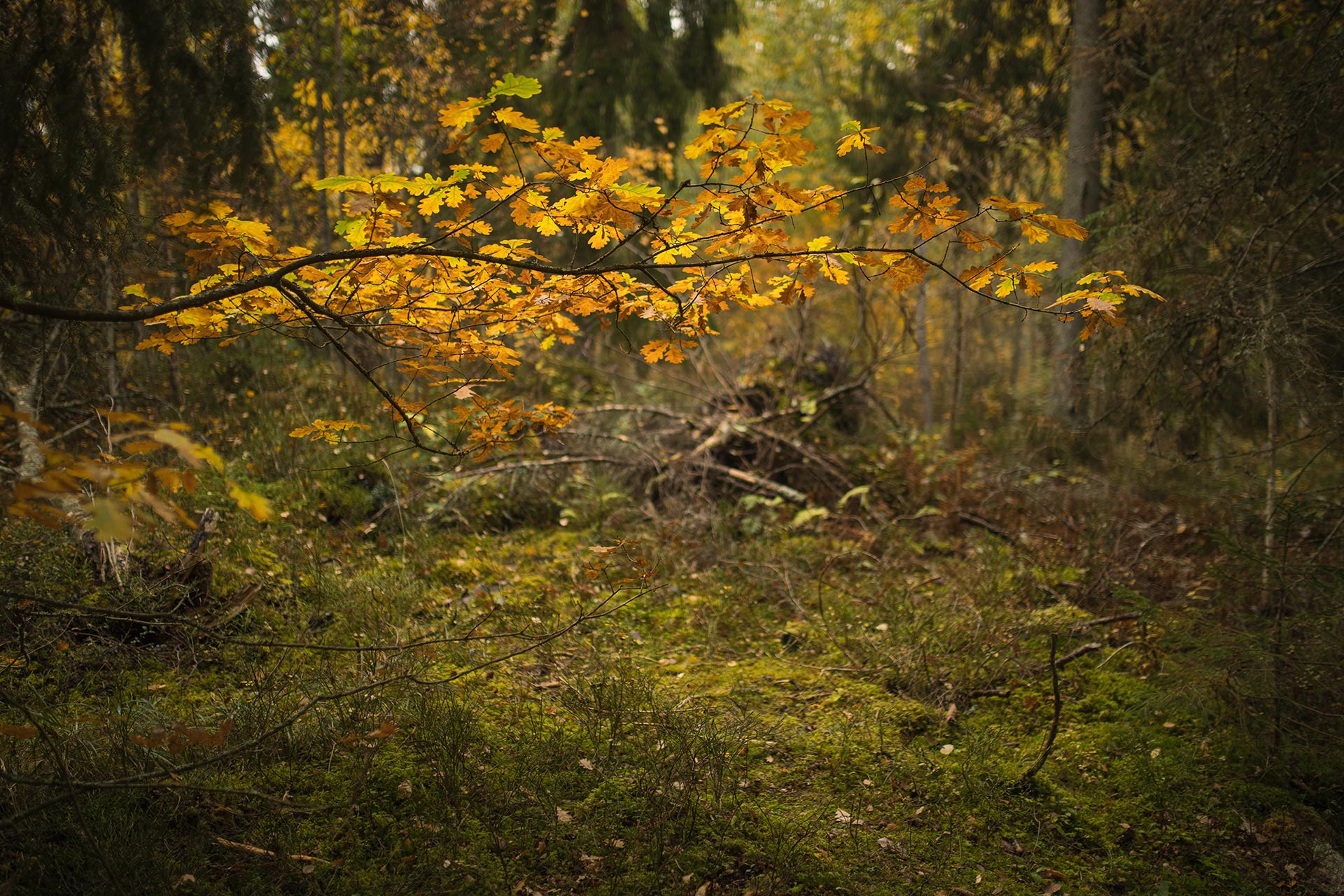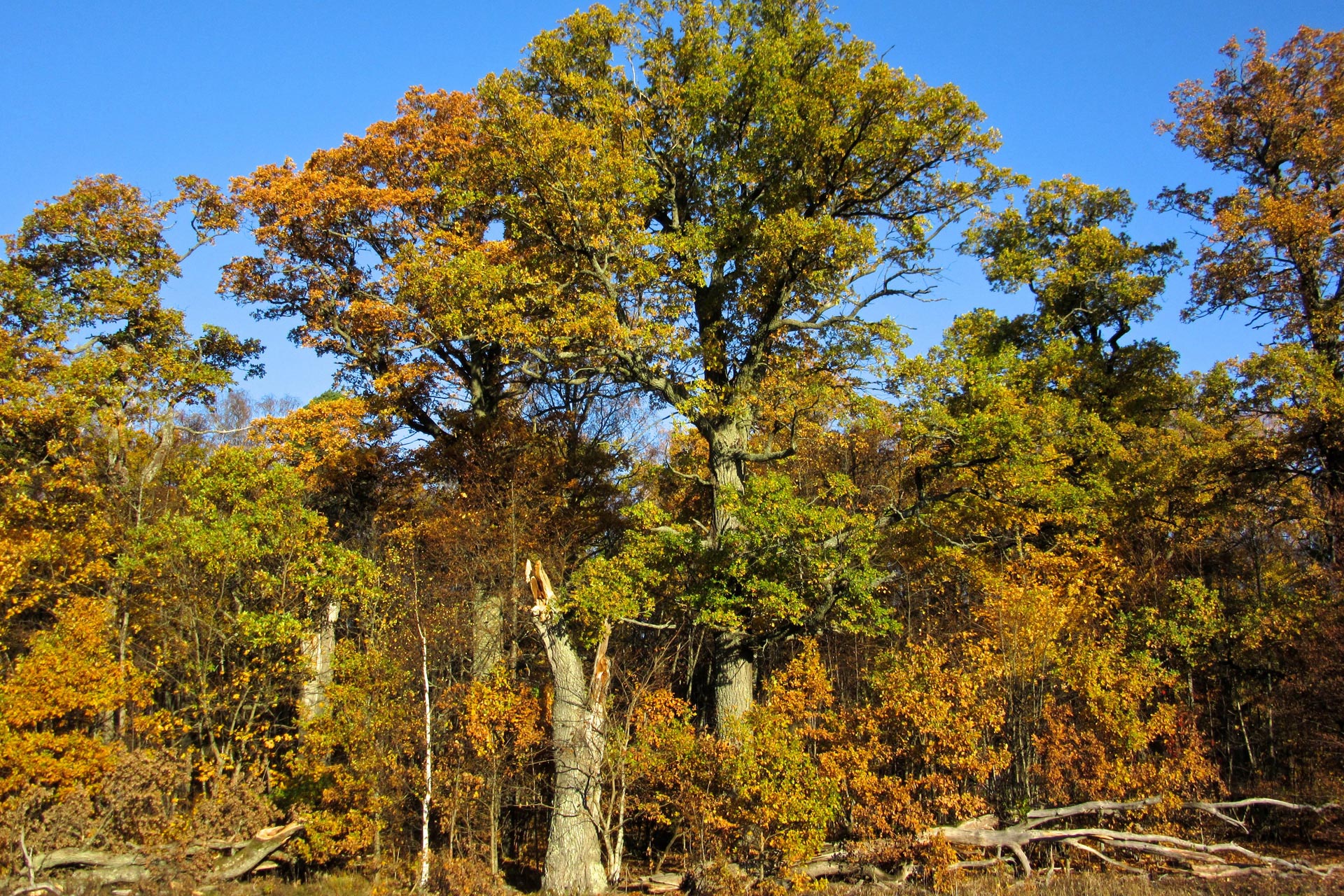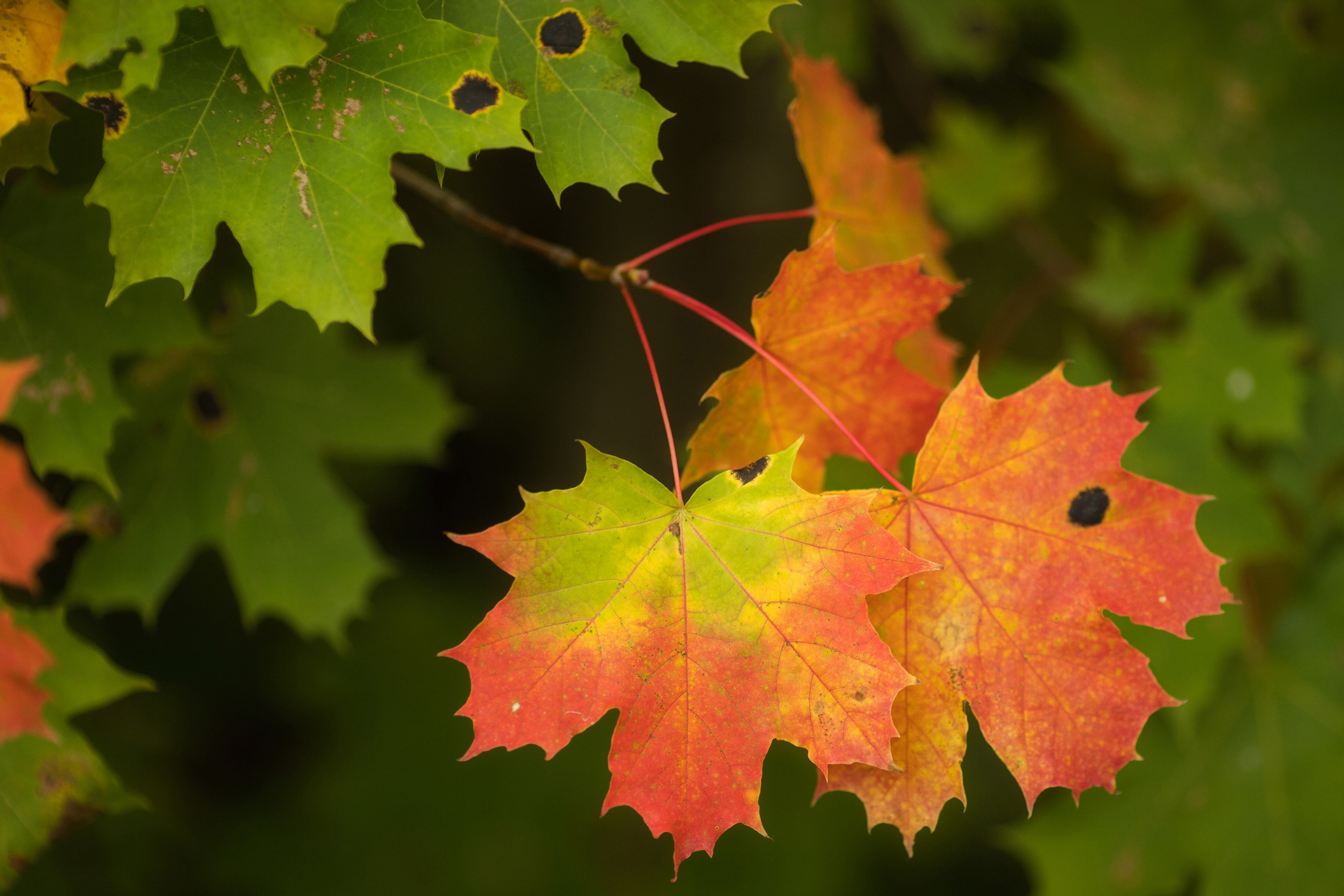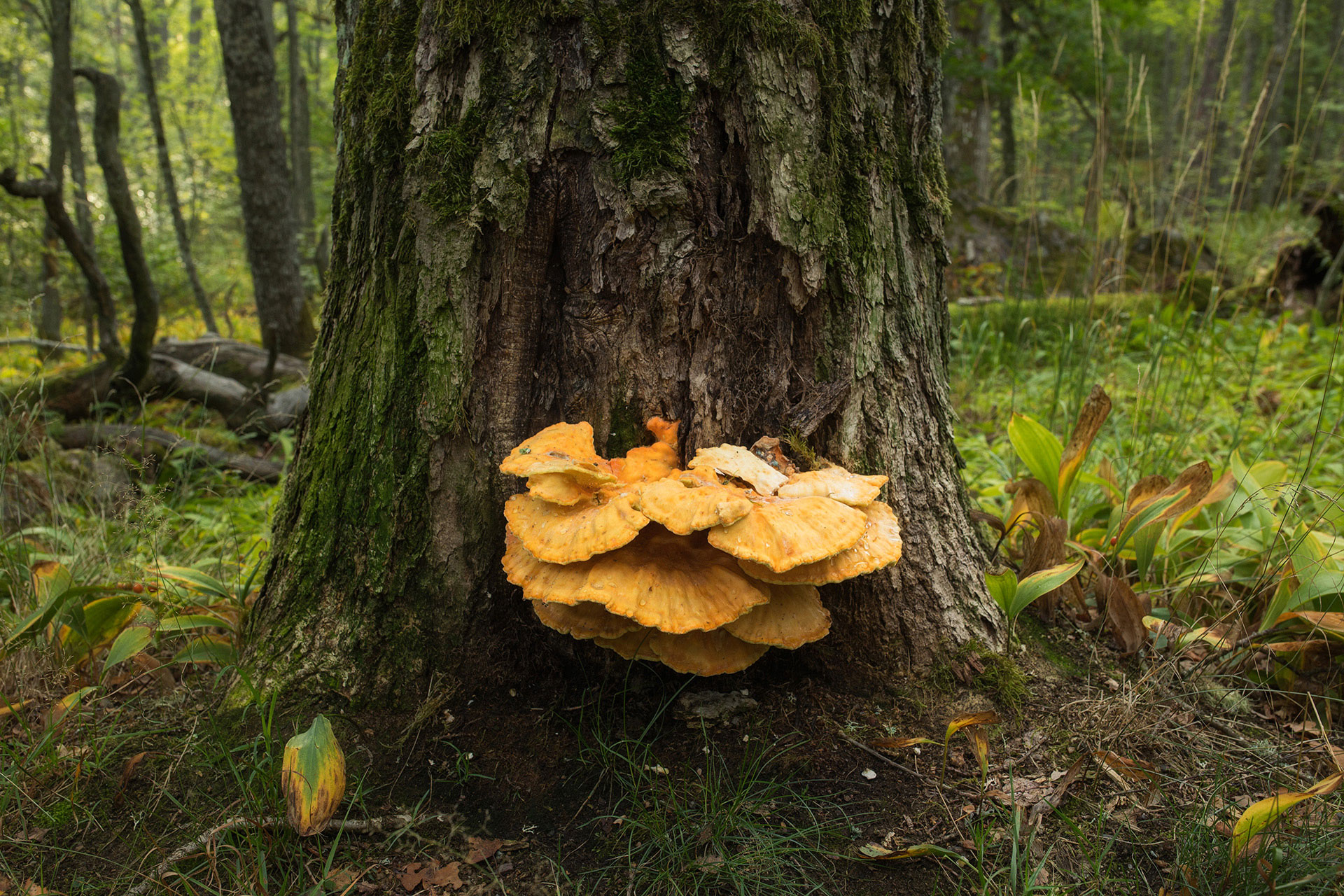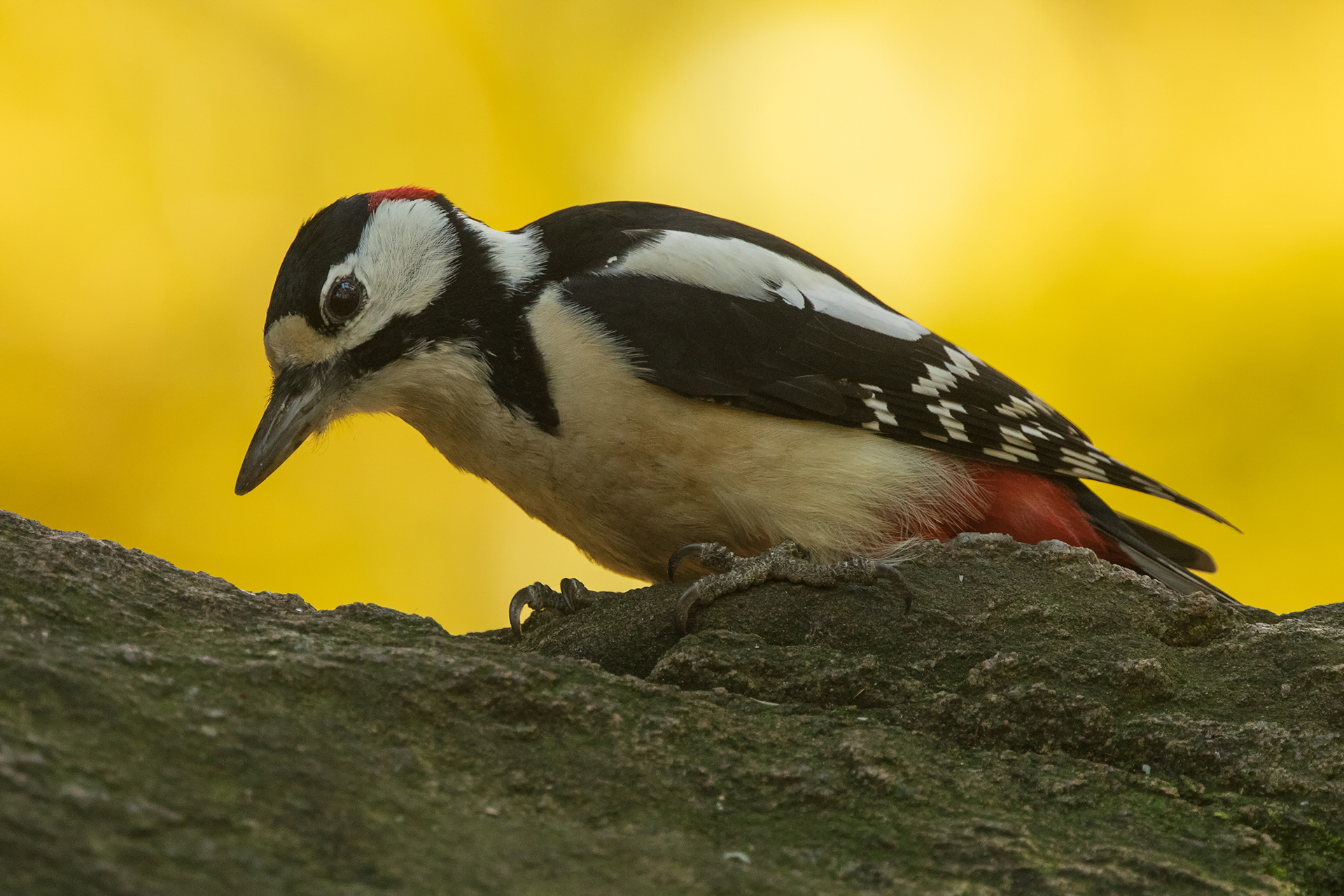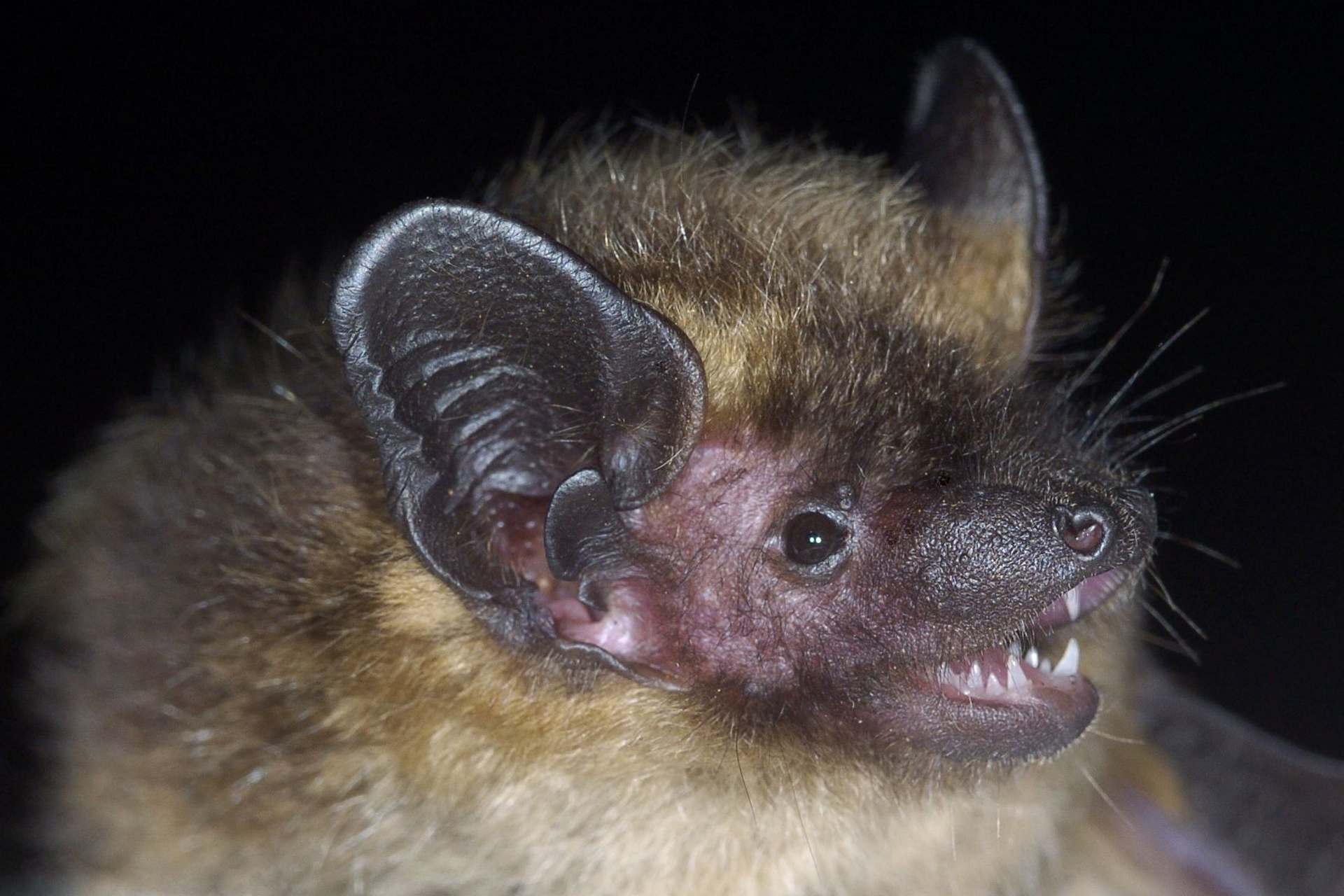Deciduous trees mark the end of summer with a spectacular display of colours
Autumn foliage is far too modest a term to describe the explosion of colours that takes place on Ruissalo in the autumn, with deciduous trees practically glowing in different shades of yellow, orange and red. The days growing shorter coupled with falling temperatures prompt deciduous trees to start preparing for the coming of winter. To this end they break down the chlorophyll in their leaves and transfer its valuable components into their trunks, where they are stored until next spring. As the green chlorophyll disappears from the leaves, other pigments – carotenoids, xanthophylls and anthocyanins – become visible, with maples, aspen and rowans in particular boasting a wide range of colours before the coming of the dark autumn. On Ruissalo, due to the proximity of the warm sea, the autumn foliage is at its most impressive later than in the rest of Finland, usually in early October.
Unlike other deciduous trees, the common alder sheds its leaves while they are still dark green and seemingly full of life. Why doesn’t it behave like other deciduous trees and store the valuable nutrients contained in the leaves in its trunk for the winter and then recycle them into new leaves next spring? The reason is the common alder’s root nodule bacteria, with the help of which the tree can extract nitrogen from the air. Because of this, it has no need to preserve and recycle valuable nitrogen like other deciduous trees.
